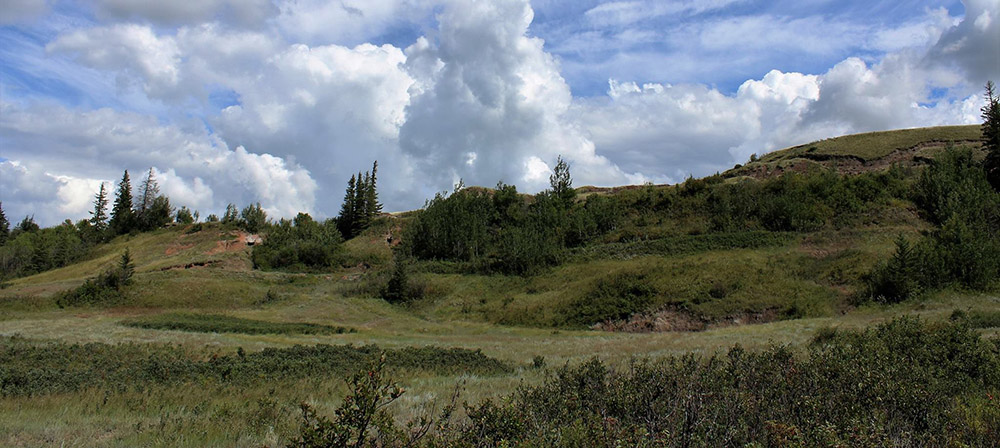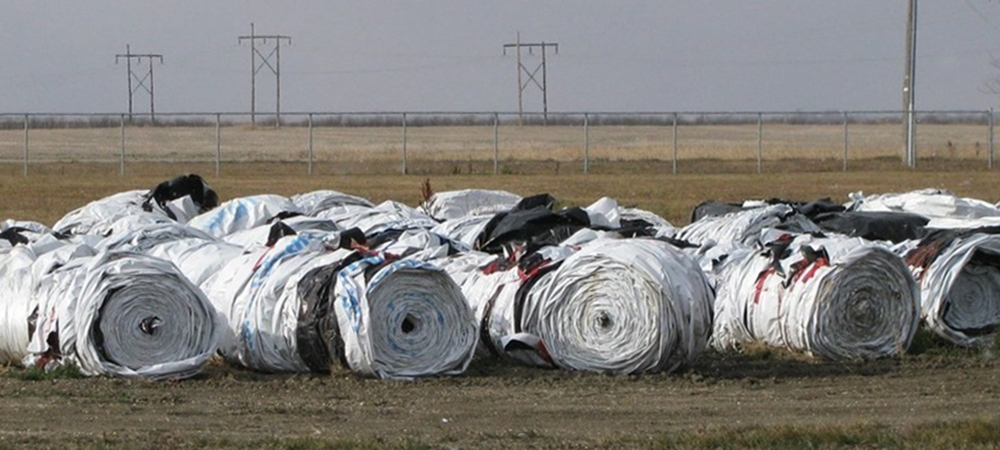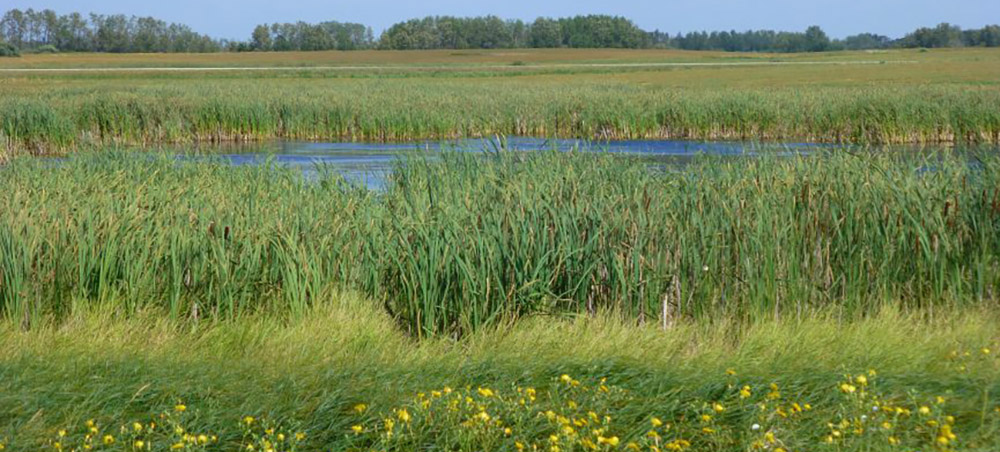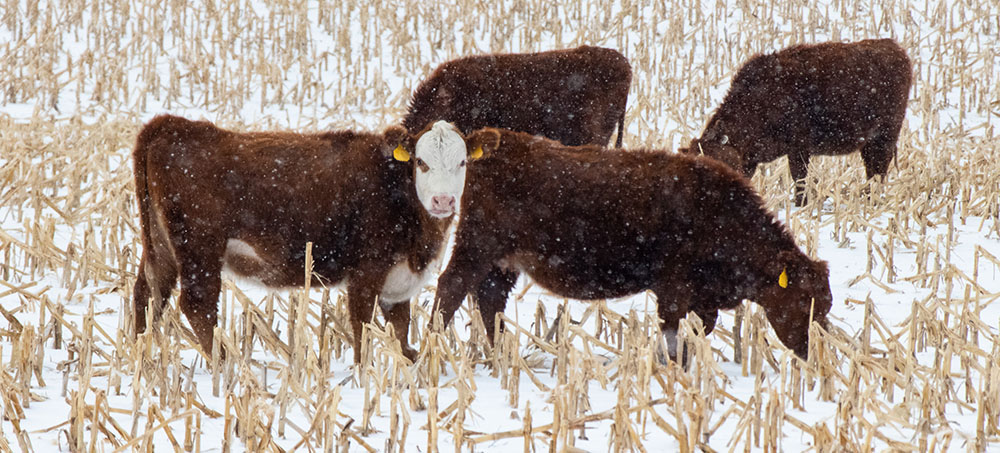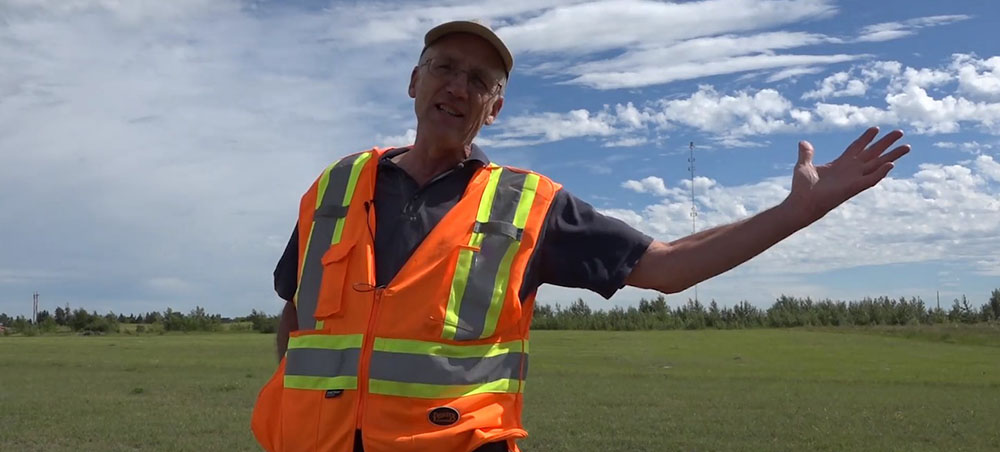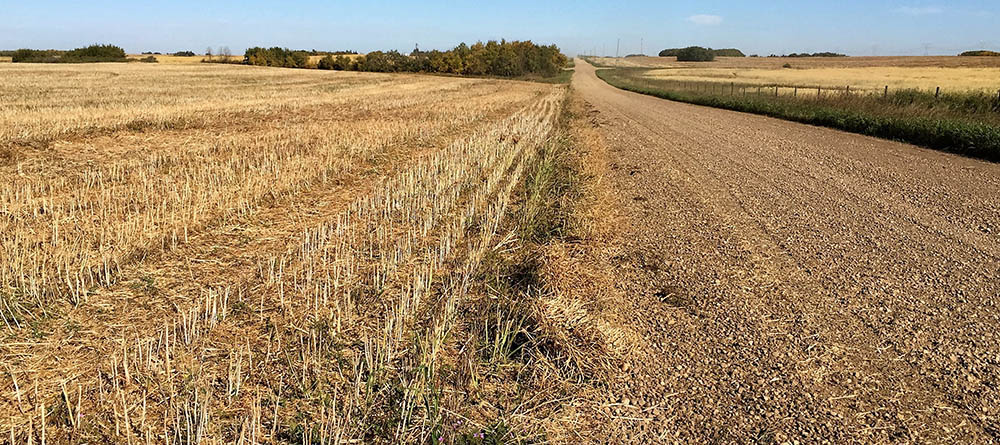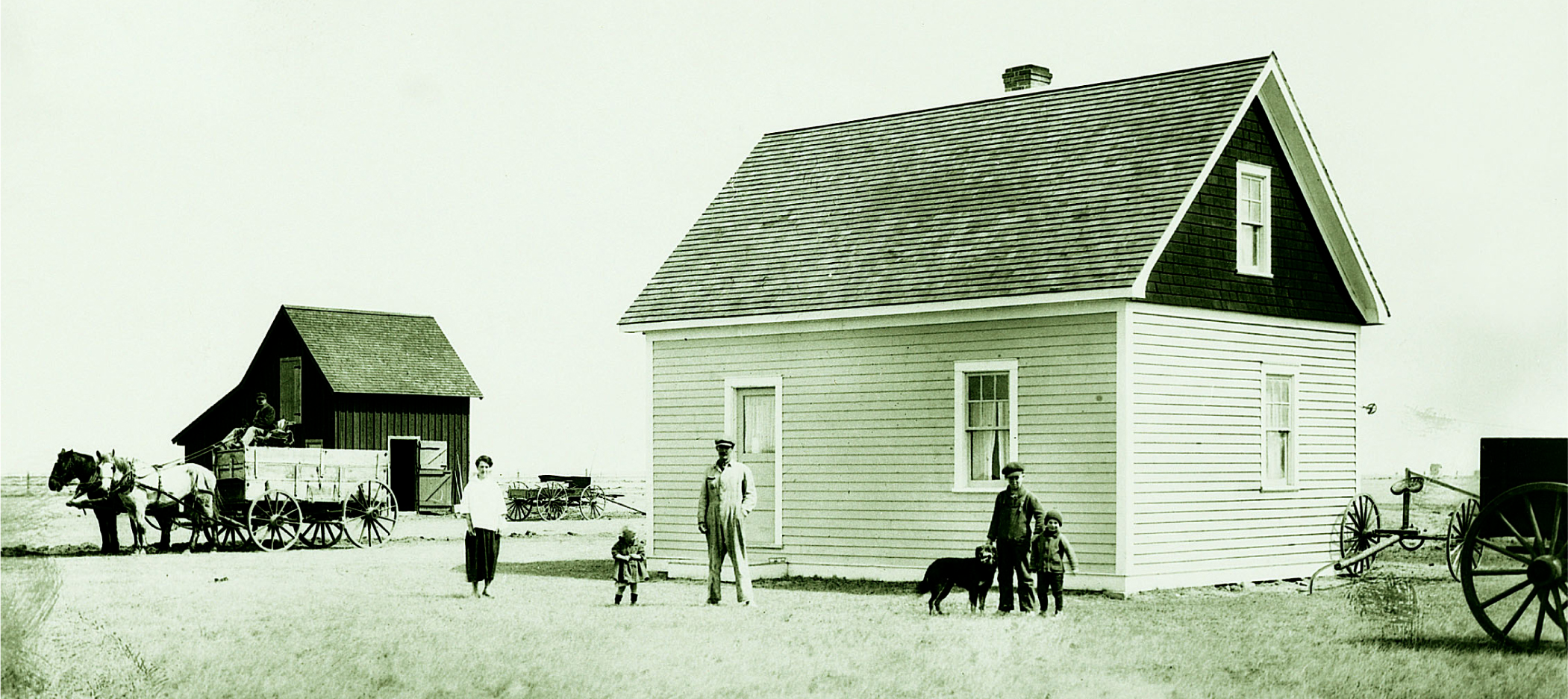
It’s no secret that Flagstaff County – with one million acres of fertile farmland – is steeped in a rich farming tradition. But did you know that Flagstaff County is home to the most Alberta Century Farm and Ranch Award recipients?
To date (March 11, 2021), Alberta Agriculture has recognized 87 families in Flagstaff County for the impressive distinction of continually owning and actively operating the same land for a minimum of 100 years. No other municipality in the entire province can claim to have more Century Farms!
Lamont County is second with 81 Century Farm and Ranch Award recipients. Camrose County is third with 78, followed by Red Deer County with 77. Rounding out the top 5, there is a tie: the County of Vermilion River and Vulcan County, both with 68.
The oldest Century Farm in Flagstaff County was established in 1902 (Seiferman Family).
The Alberta Century Farm and Ranch Award is an award that farm families have to apply for. To help determine eligibility for an Alberta Century Farm and Ranch Award, the Alberta Government has set forth the following criteria:
- At the time of application your land has been continuously owned and actively farmed for a minimum of 100 years.
- You can provide evidence clearly demonstrating the kinship ties between you and the founder of the farm, ranch or homestead.
- You can provide the date of homestead of farmland establishment.
- You can provide the current ownership land title.
- The current size of the original homestead of land base should be at least 160 acres of land.
Click HERE for more information on the program.
Once you hit the 100-year milestone, you can start working towards the 125-year milestone. For more information on that program, click HERE.
You can contact the Alberta Century Farm and Ranch Award Program by calling toll-free 310-0000 then 780-968-6557, by e-mail at susan.lacombe@gov.ab.ca or by writing to 4709 44 Ave., Stony Plain, AB T7Z 1N4.
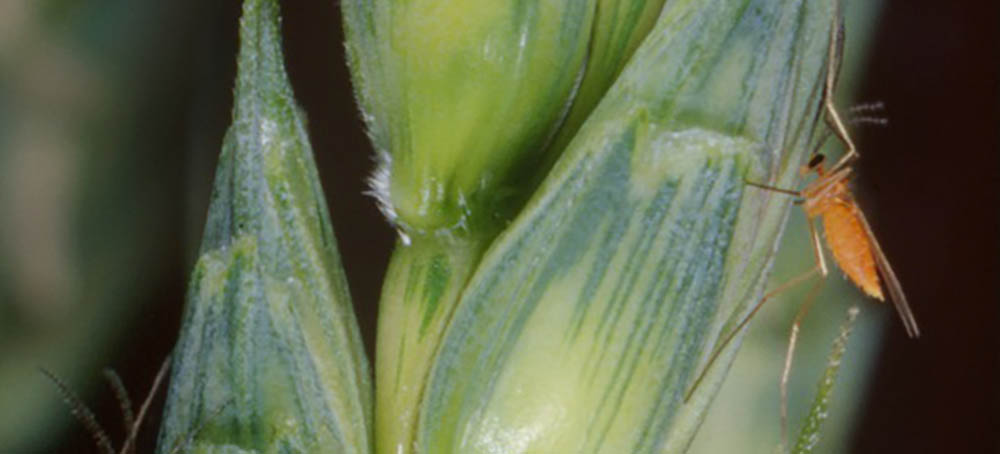 By Harry Brook
By Harry Brook Alberta Agriculture has changed their website and moved a lot of good information around but there are still some very useful tools available to producers. You just have to look a little harder.
Alberta Agriculture has changed their website and moved a lot of good information around but there are still some very useful tools available to producers. You just have to look a little harder.